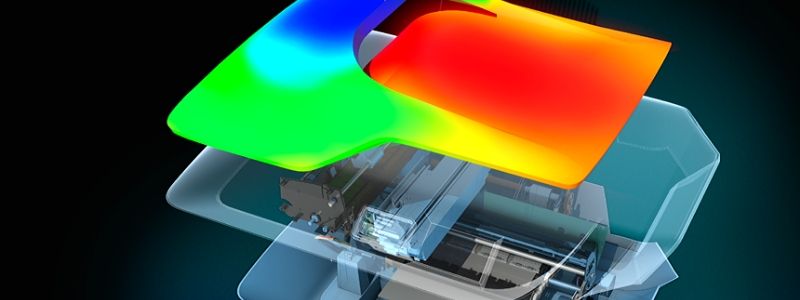
Digital prototyping gives plastic molding making designers and engineers the ability to virtually explore a complete product before it is built. So they can design, visualize and simulate products from the conceptual design phase through the manufacturing process. By using a digital prototype, users access real-world performance of a design with less reliance on costly physical prototypes.
The role of digital prototyping.
While simulation has been a part of plastic mold making processes for quite some time, it has historically been used to drive troubleshooting and validation efforts, rather than design. The problem with limiting simulation to these areas is that it focuses on problem fixing and problem-avoidance, rather than on trying to create truly optimized designs. Simulation software should predict and optimize how components will perform throughout each phase of the design and manufacture process.
The cost of digital prototyping.
Digital prototyping aims to bring simulation into the process much earlier, so designs can be optimized using analysis results. Changes are much cheaper to make digitally on a computer than on a piece of steel that already been cut. Nobody knows this more than mold makers: mold costs can easily run from as low as $10,000 to more than $100,000, depending on the complexity of the mold. The more complex the mold, the higher the cost; and the more important it is to use simulation.
Optimized design.
By implementing simulation earlier in the development stages, plastic molding making designs can be analyzed and improved iteratively so potential problems are solved preemptively and products are optimized prior to starting production. This method has proven to be extremely effective because quality is now designed into the product and less testing is required in the later stages, which improves the overall efficiency of new product development.
Optimization of runner balance.
Runner balancing is a major factor in plastic molding making design optimization and is absolutely necessary in the case of family molds, where the cavities are of different sizes and shapes. An unbalanced feed system will produce parts of variable quality. The goal of balancing the feed system is to achieve similar filling times and pressures for all mold cavities while minimizing the amount of material used in the feed system.
Analysis of runner balance.
With the runner balance analysis provided by digital prototyping software, mold designers can set up and balance tool configurations of all types, very quickly and easily. Users have the option of selecting specific runner segments for balancing or they can set maximum and minimum limits on each segment so that they have an added measure of control.
Practical application.
Additionally, users can input their standard cutting tool sizes into the software, and the runner balance analysis will automatically balance the runner system so that it can be milled in these specified sizes. Users can choose to review the runner-balancing results segment by segment or apply the results to all segments automatically. The net result? Less costly rework later down the road.
At the end.
The application of digital prototypes is beneficial to the entire production process. It can help manufacturers better predict problems and reduce trial and error costs. We are a professional plastic mold supplier. Digital prototypes are applied to almost every instance of us. If you have a new project, please contact us.
